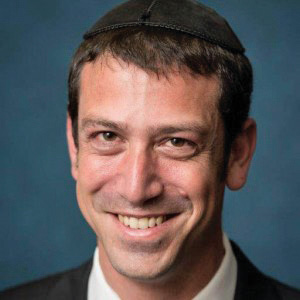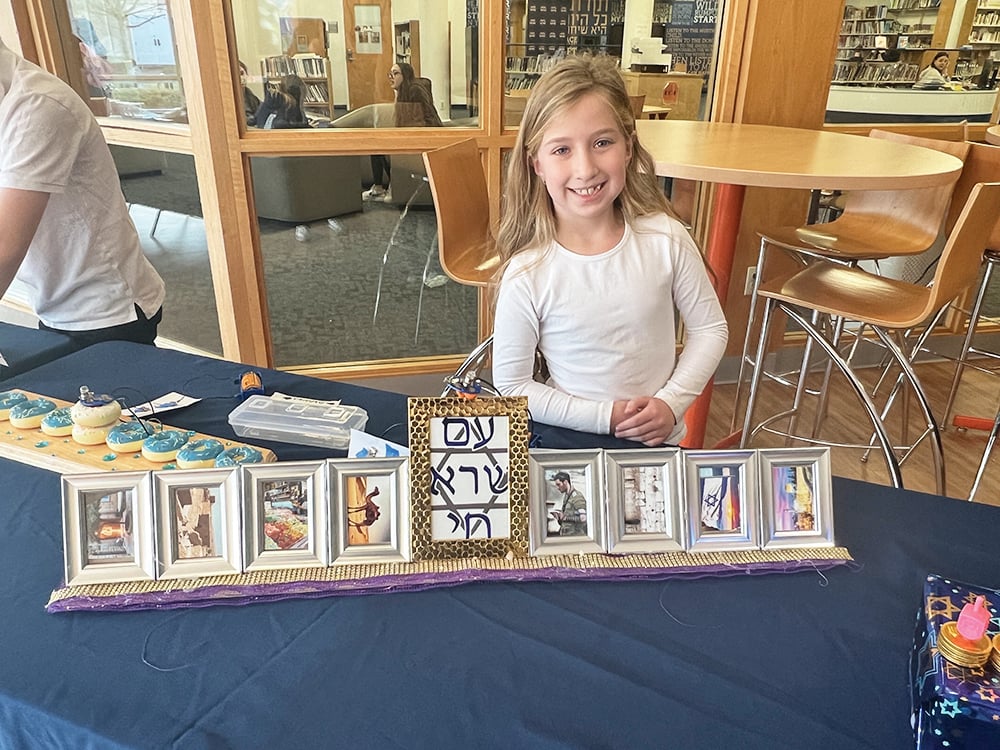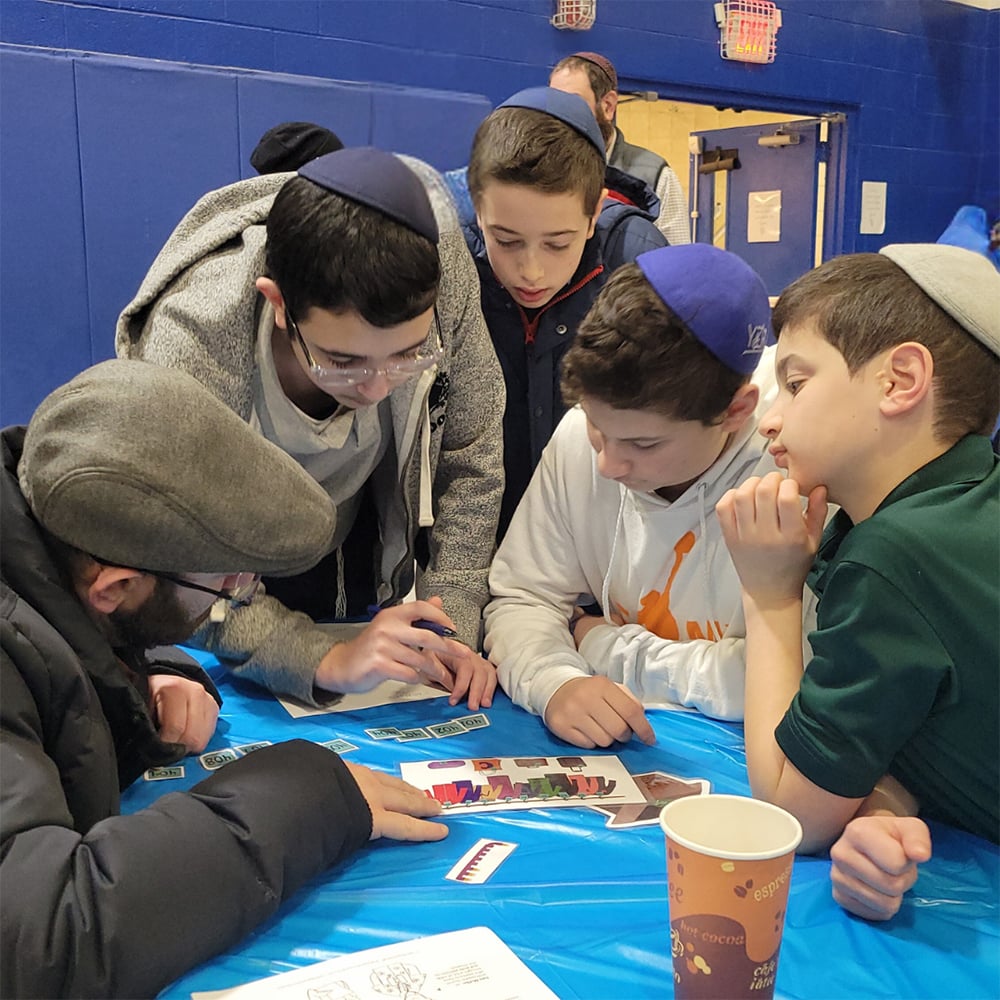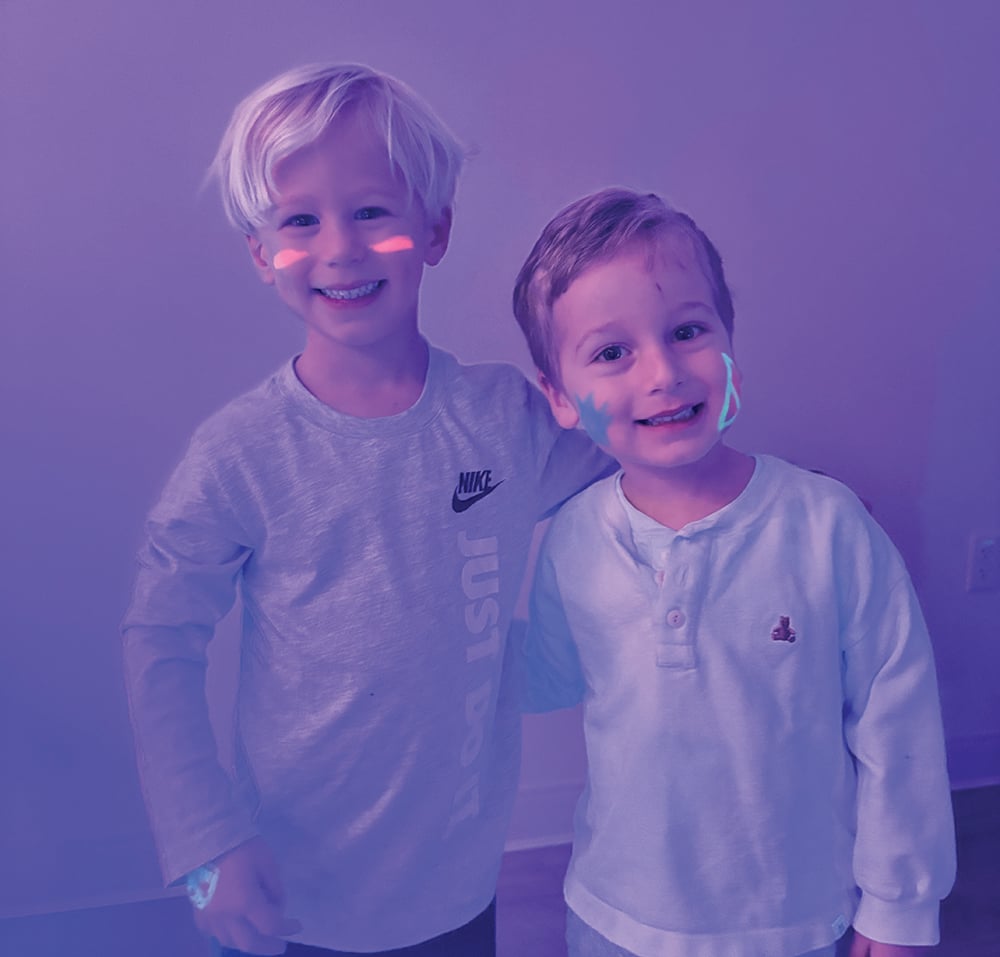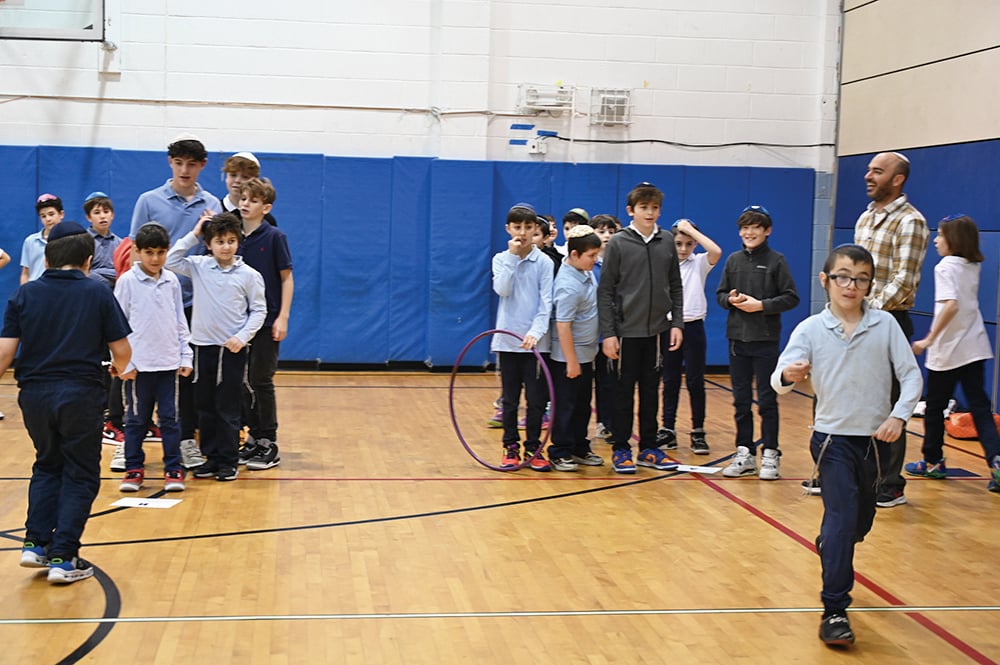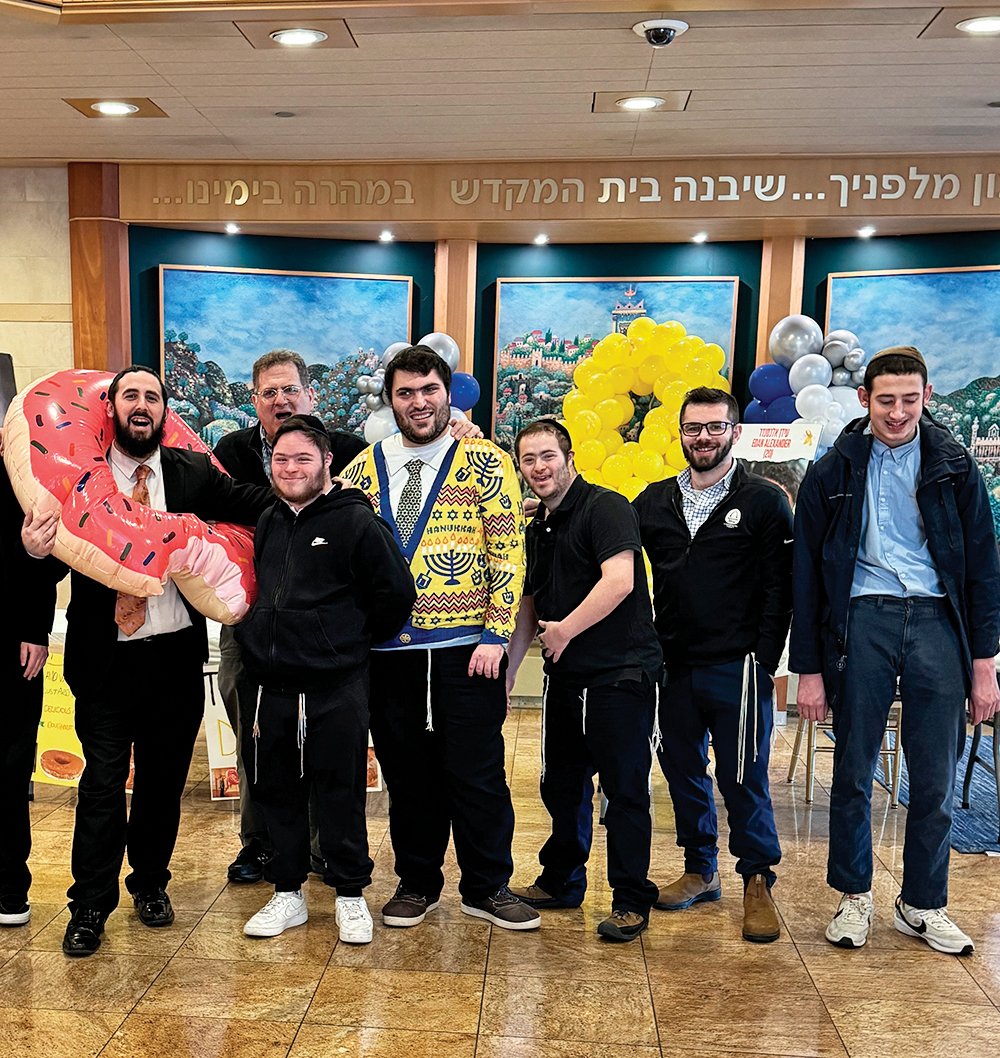
Parenting takes center stage as we read through Parshat Toldos. We learn about Eisav and Yaakov, twin brothers, each one with a different temperament and personality. Over the next several parshiyot we see the dramatically different lifestyles they live. Seeing the successful development of Yaakov, we may wonder: How were Rivka and Yitzchak successful in imparting spirituality in Yaakov? What are the keys to success?
Over the past month, the MTA Leadership Team hosted three evening discussions for parents of our juniors, where we brainstormed about the topic of how to instill spirituality in our adolescents and strengthen their connection to Hakadosh Baruch Hu. Recognizing that this is a partnership, in which parents and yeshiva work together to inspire our adolescents, the conversation was engaging and constructive with some of the ideas shared below.
Education and transmission of our mesorah are highlighted in the Torah and through the words of Chazal. And yet there is no set of directions or “how-to” diagrams for parents and educators regarding how to instill inspiration and connection to Hashem. Without a manual, many challenges arise, including the developmental need for teenagers to exert independence and explore personal identity, a decreased adherence to the notion of tradition, the inability to appreciate a relationship with a Being we cannot see or hear, the distractions posed by technology and social media, and the increasing time commitments placed on parents.
In considering how to light a spark in our adolescents, it is critical to bear in mind that our teenagers are not computers and can not be programmed. They are individuals, each one with his or her own interests and personalities. What works for one adolescent may turn off another. Therefore, a successful approach considers a variety of modalities and opportunities in which a teen may connect with Hashem. For example, some adolescents will appreciate a philosophical approach to emunah and understanding Hashem, while others are more emotional and may connect to a kumzitz, a chesed project or a warm relationship with a religious role model.
After considering the personality, temperament and interests of our teenagers, we must consider ways to actively involve our adolescents in mitzvah performance. For example, I often notice parents giving their young children a dollar to put in the tzedakah box in shul. It is our way to actively involve our young children in mitzvos. What does that look like for adolescents? Maybe it means involving our adolescents in building a sukkah, cooking for Shabbos, picking out the daled minim, going on a trip to visit a rebbe or setting up the Chanukah menorahs.
The goal of instilling spirituality in our adolescents is to help our teens develop a relationship with Hashem. When we are in a relationship we often discuss it. I am sure our roommates or close friends remember how we would discuss a date or how we discussed a new friendship as it begins to bloom. If we want our teenagers to feel their relationship with Hashem, do we create space to discuss Hashem and reflect on this relationship? Bringing Hashem and ruchniyut into the conversation, reflecting on what Hashem does for us, is a powerful way to enable our teens to appreciate Hashem’s loving kindness.
While the style of message matters, we also recognize the importance of modeling the message. As parents and educators we instill and transmit values in our adolescents through modeling. We model our values to our children in a variety of ways, and our teens are perceptive to the messages we send. They are likely to pick up the importance we place on davening or tefillah b’tzibbur. Our adolescents will sense our fealty to tradition and our minhagim. Most importantly, the attitude with which we perform mitzvot has a profound impact on our children. Rav Moshe Feinstein often commented that some Jews who immigrated to the United States demonstrated great self-sacrifice to be shomer Shabbos. But they felt it was a burden and expressed that feeling to their children. As a result, Shabbos did not appeal to some of their children, who often chose to break from the Shabbos observance their parents had kept.
As we enter the month of Kislev, the holiday of Chanukah captures these lessons in a profound way. When we consider the menorah, it is one of the few mitzvot in which Chazal structured the concept of hiddur, or beautification of the mitzvah. Many of us strive to perform the mitzvah in the highest form possible, modeling how we strive for the best in our mitzvah observance. We empower our children to get actively involved by lighting their own menorah. Then we are given the opportunity to sing Hanerot Halalu and Maoz Tzur, recounting the miracles of Jewish history, thereby bringing Hashem into the conversation. We capitalize on no homework or tests and create fun and entertaining activities, which revolve around dreidels and presents. We must strive to find these opportunities on a more consistent and ongoing basis in our everyday lives.
This past Sunday we had the privilege of hosting the Chief Rabbi of Israel, Rav Dovid Lau. He shared a powerful idea with our talmidim that highlights our goal of instilling spirituality in our adolescents.
Rav Lau spoke of a chavruta between two Torah giants, Rav Chaim Berlin and Rav Aryeh Levin, who would get together every Friday and read Shir Hashirim together. As Rav Chaim Berlin would read the phrases where Shlomo Hamelech describes Bnei Yisrael as having “eyes like doves,” he would start to cry. When Rav Aryeh Levin asked his chavruta what was it about this phrase that made him emotional, Rav Chaim Berlin explained that a bird will never fly too far that his parents are out of sight. They may explore, but always keep their parents close enough to see them. That is the message of the doves. Adolescents may explore and go in different directions, but we must make sure they always stay close enough that they are in sight. Then they will be able to fly right back.
I welcome your thoughts by emailing me at [email protected].
By Rabbi Joshua Kahn
Rabbi Joshua Kahn is the head of school at MTA/Yeshiva University High School for Boys.


